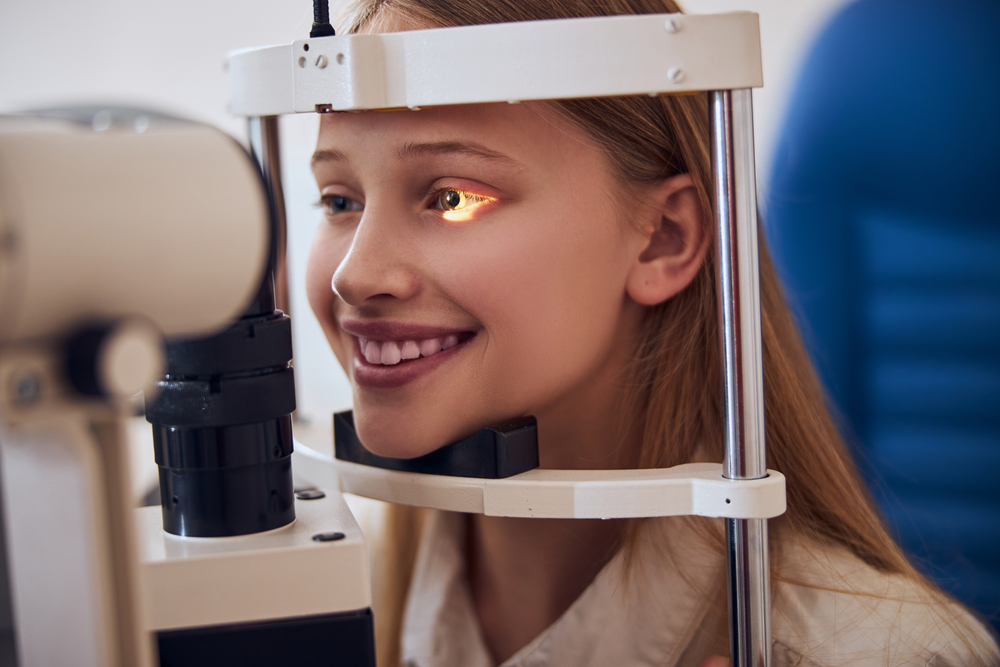
Chances are that you have probably had a digital eye exam and not even fully realized it. That’s because an increasing number of eye doctors are investing in technology to help them provide an exceptional level of service.
A digital eye exam isn’t too different from the conventional type of eye exam that you are used to. The main difference is that now, many of the measurements that were taken manually in the past are now done digitally, using newer, more advanced technologies.
Some of the newer elements of digital eye exams include:
Digital phoropter. This cutting-edge software is used to assess your visual acuity and determine whether you would benefit from prescription lenses. A digital phoropter will be used to produce your initial prescription, eliminating the need for trying multiple lenses to reach this stage. The final prescription may then be tweaked as necessary.
Corneal topography. This is where state-of-the-art equipment is used to take images of the surface of the cornea, which is the clear, domed lens covering the front part of the eye. This is important since it can be used to detect any corneal abnormalities and issues with the health of the cornea. It can also help with contact lens fittings since there are different types of contact lenses to suit different patients.
Digital retinal imaging. This valuable part of a digital eye exam is used to look at the retina, which is the area of cells at the very back of the eye. Digital retinal imaging can be used to detect serious eye diseases like glaucoma, diabetic retinopathy, and macular degeneration.
Optical coherence tomography. Also known as OCT testing, this test is used to identify any signs of diabetes, high cholesterol and hypertension in your eyes using 3D color images.
Using the information obtained from your digital eye exam, your eye doctor will be able to accurately assess the health of your eyes to determine if you are at risk of any eye diseases.
Benefits of Digital Eye Exams
There is a range of benefits associated with digital eye exams. These include:
Greater accuracy and precision
Advanced corneal topography (a digital fingerprint of the surface of your eye)
State-of-the-art equipment
No need for manual phoropters (the apparatus used to cover the eyes in regular eye exams)
Painless
Digital retinal imaging prevents the need for pupil dilation
No side effects with patients able to drive themselves home following their eye exam
Faster exam times mean less time in your eye doctor’s office
Removes the risk of human error
Images of your eyes can be saved digitally for future reference
Similar if not the same cost as regular eye exams
For more on digital eye exams, visit Custom Eyes in Seldon, New York. Call (631) 230-6230 to schedule an appointment today.




